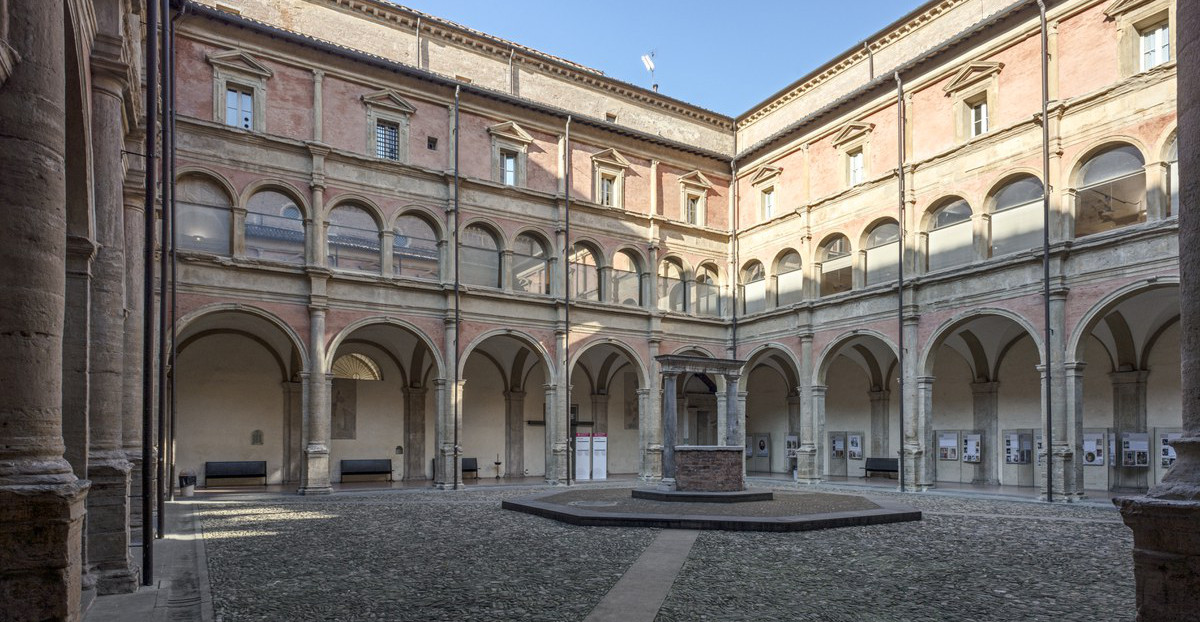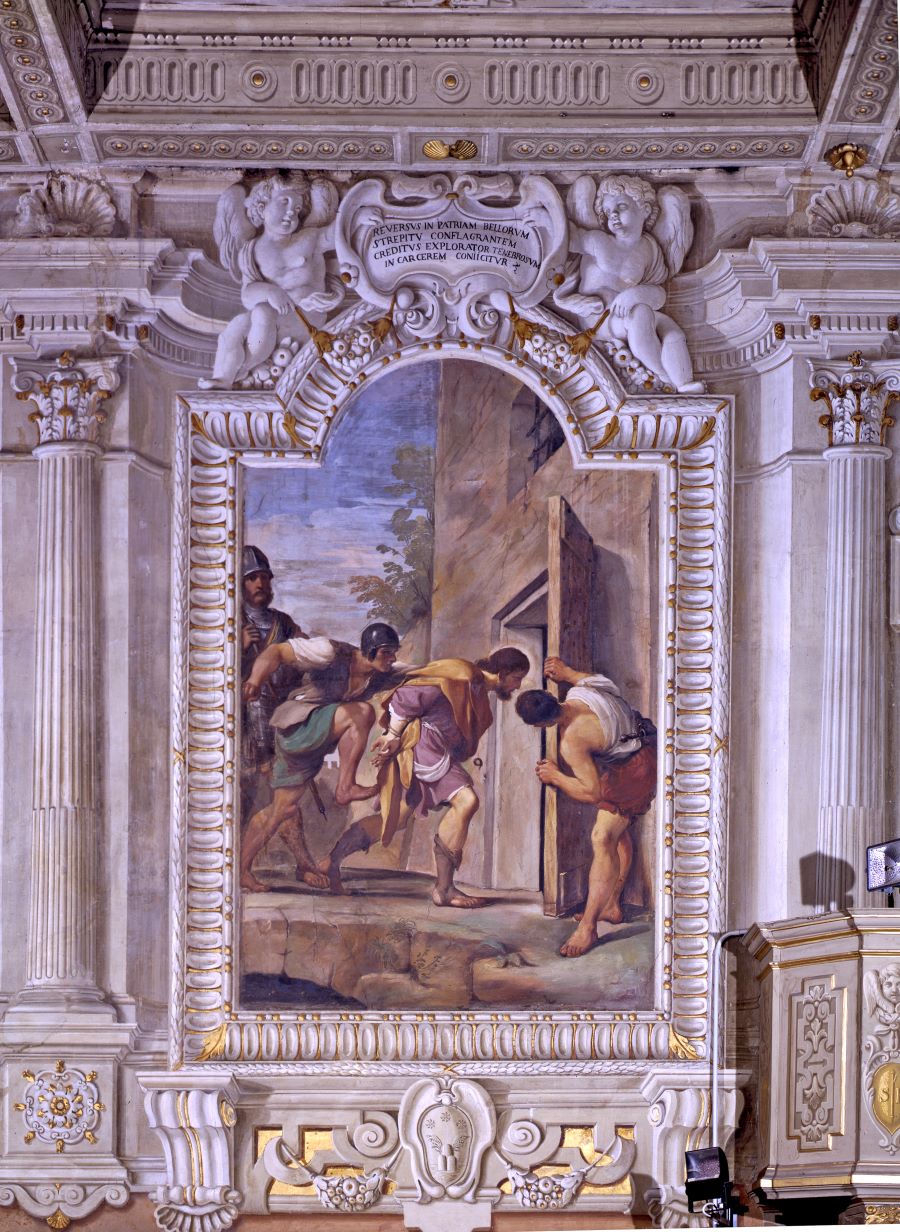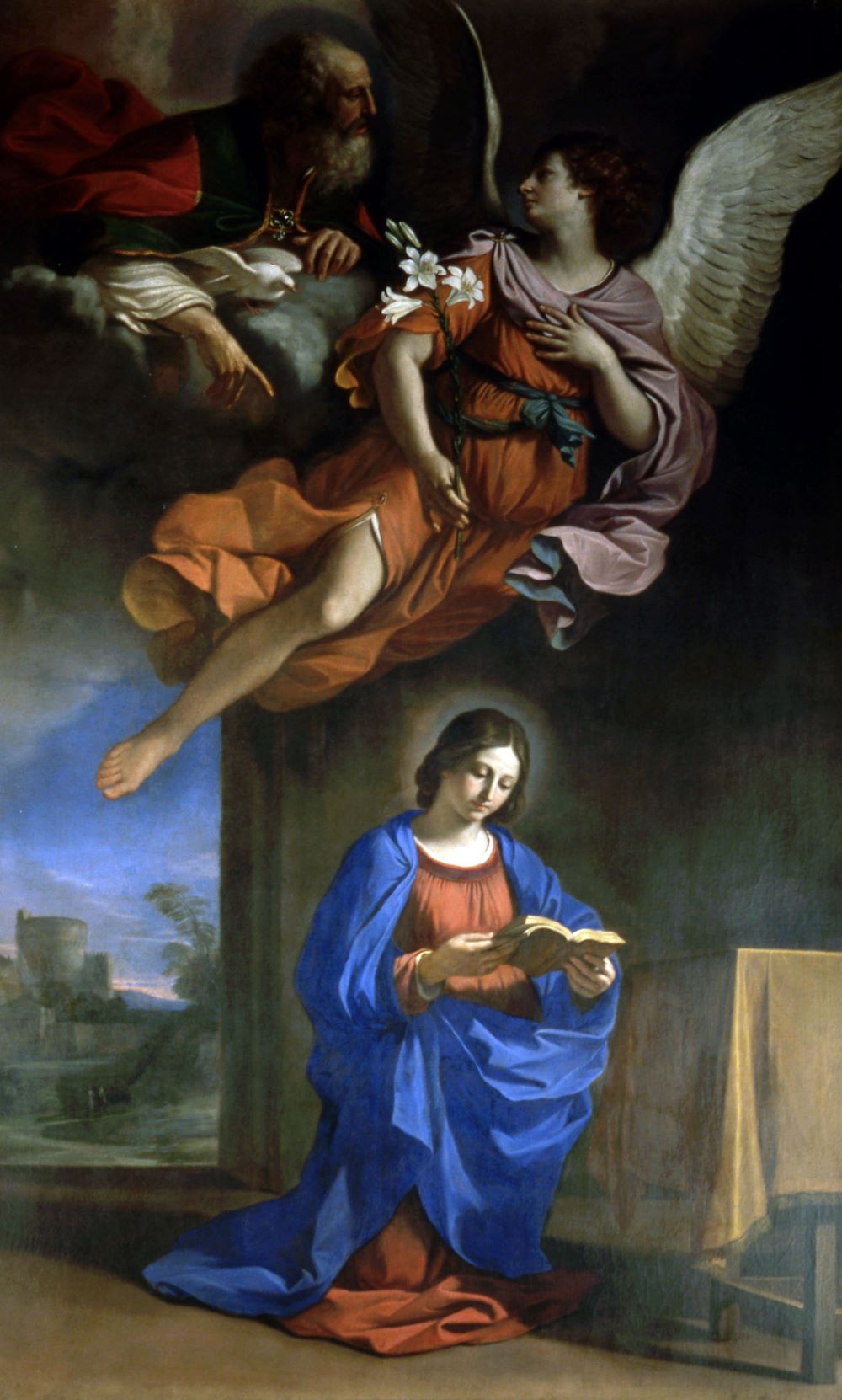Il Guercino in the churches of Bologna
Updated on 11 October 2023 From Bologna Welcome
Francesco Giovanni Barbieri, known as Il Guercino, was an Emilian painter of great talent and renown. Born in Cento in 1591, he lived in Bologna from 1642. Following a series of commissions from the Bolognese Pope Gregory XV, some of his best-known works have remained in the city.
After moving to Bologna, Guercino received important commissions for the city's churches and producing a number of altarpieces that still exist. Saint Francis Contemplating a Crucifix, painted for the Capuchins of San Giovanni in Monte, was followed by the Vision of Saint Philip with two angels, executed for Santa Maria di Galliera, and the altarpiece in San Paolo. The paintings realised for the convent of the Discalced Carmelites and for San Domenico date from the 1660s.

Named after the patron saint of the plague sufferers, the Orator
was built at the beginning of the
seventeenth century to accommodate the meetings of the congregations of
Santa Maria della Pieta and San Rocco. There are eleven frescoes dedicated to the life of the latter saint. Of
these, San Rocco Thrown into Prison was painted by Guercino in 1618.
The dynamic scene has driven narrative effectiveness: Barbieri's Bolognese
beginnings are evident here in the joyful, instinctive freedom of invention
displayed in the work.

In Guercino’s emotional world, no
one was more important than his brother
Paolo Antonio. A painter himself, he specialised in still lifes and
supported Barbieri's work by keeping a Book of Accounts detailing commissions and payments received. When
close to death in 1666, Guercino asked to be interred in a Capuchin habit next to
his beloved brother in the church of San Salvatore. There, the slab "Ioannis Francisci vulgo Guercino" commemorates
them both.
In connection with Barbieri’s
Annunciation, his biographer Carlo Cesare Malvasia recounts that the
“altarpiece with the Annontiata” was
painted in 1646 “for Li Signori
Mastellari della Pieve”. Guercino made the work highly original in
iconographic terms: in the Annunciation of the Pieve, he
depicted the moment immediately preceding the actual Annunciation, with God the
Father instructing the angel in the upper part of the canvas and the Madonna in
an attitude of silent, solitary meditation.

The silent but impassioned dialogue
stands out in The Child Jesus and Saint Anthony of Padua, painted
by Guercino between 1649 and 1651 for the Capuchins of Saint Matthew in
Persiceto. The artist's physician Dr. Saccenti was the intermediary between him
and the patrons Carlo Imbiani and his wife Anna Maria Giamboni. Their coats of
arms appear on the foot of the table. After the closure of the convent the
Napoleonic age, the altarpiece was moved to the Collegiate Church.

©Mongolo1984, via WikimediaCommons
Texts edited by Arte Grand Tour